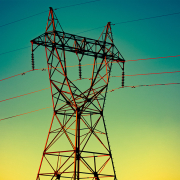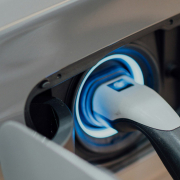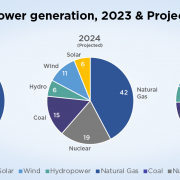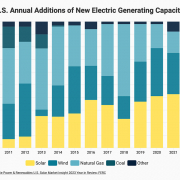Improving Energy Resilience with Microgrids
For communities that are vulnerable to the effects of climate change, microgrids have a demonstrated ability to ‘keep the power on’ when disaster strikes.
When Hurricane Fiona struck Puerto Rico in 2022, previously installed microgrids kept the power on in Casa Pueblo while other parts of the island went without electricity for weeks.
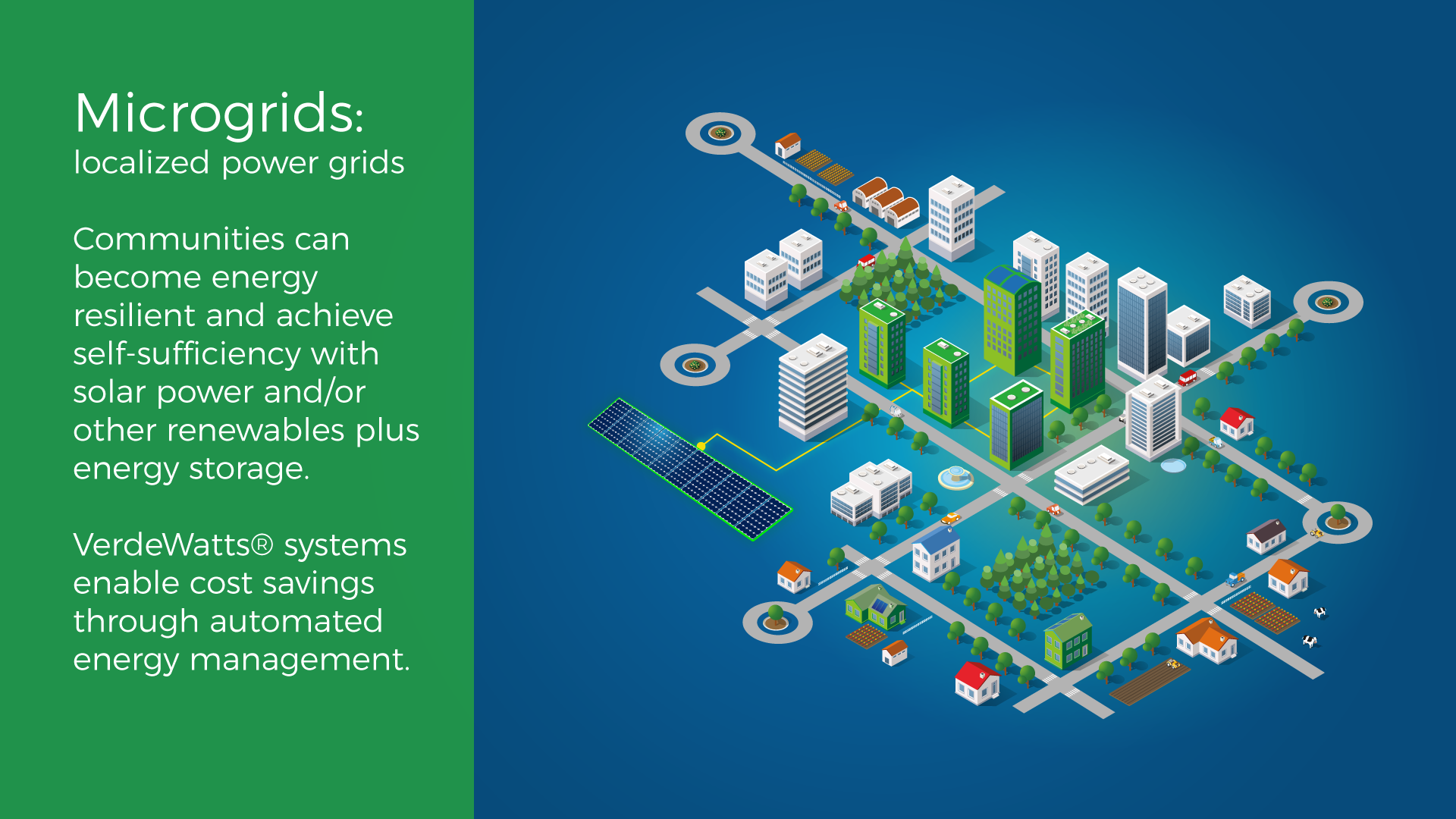
Hurricanes aren’t the only threats to power grids; after years of drought and destructive wildfires, Californians in wildfire risk areas are now subject to public safety power shutoffs, potentially leaving them in the dark anytime conditions create wildfire risk. Clean energy microgrids can offer a cost-effective and safe way to keep the power on without increasing wildfire risk. VerdeWatts designs and develops clean energy microgrids that combine solar power generation and/or other renewable resources with energy storage to create an extremely resilient and self-sufficient localized grid.
Multiple states are addressing the issue of threats to our energy infrastructure from the increased frequency of intense storms. Learn more about these efforts at the NCSL website (National Conference of State Legislatures). While microgrids promise the play an increasingly important role in energy resilience, significant financial and regulatory hurdles exist — there is an effort underway to improve and standardize regulatory processes in many states. Multiple states and Puerto Rico have already established programs to support microgrid development, providing grant and loan assistance to energy resilience projects. Private industry is also stepping up with innovative financing options, such as microgrid-as-a-service (MaaS) models. Learn about Power Purchase Agreement (PPA) from VerdeWatts.
The federal Infrastructure Investment and Jobs Act (IIJA), passed in November 2021, included $1 billion for the Building Resilient Infrastructure and Communities (BRIC) program, and made microgrids eligible for funding under Title 1 of the law aimed at enhancing grid resilience. Earlier legislation created the Hazard Mitigation Grant Program (HMGP) to help states improve energy resilience. Under these programs, states can obtain federal grants to install renewable energy generation and/or energy storage, and build microgrids.

